SHAPE in Schools: Changing mindsets in support of social sciences, humanities and the arts
Futurum
MAY 3, 2023
SHAPE in Schools: Changing mindsets in support of social sciences, humanities and the arts Published: Social sciences, humanities and the arts are vital for addressing complex challenges, but do young people truly understand their value? Society depends on creatives just as much as scientists. What is SHAPE?

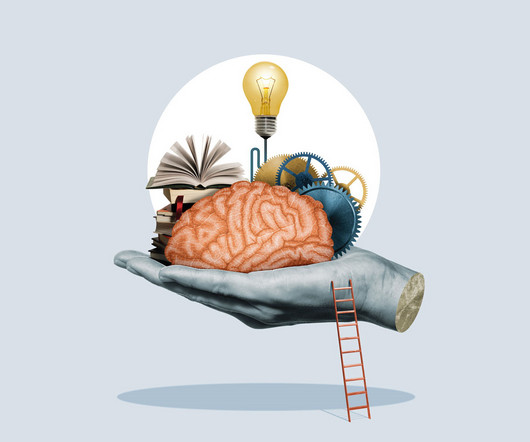
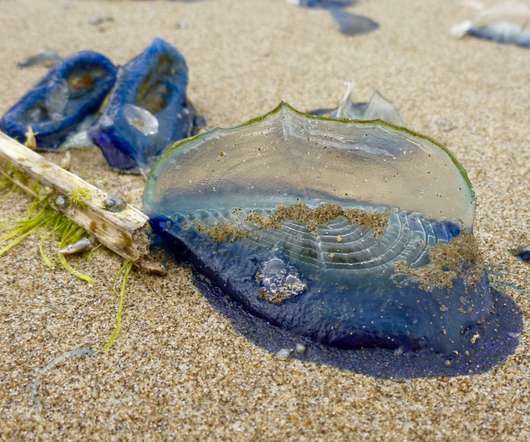
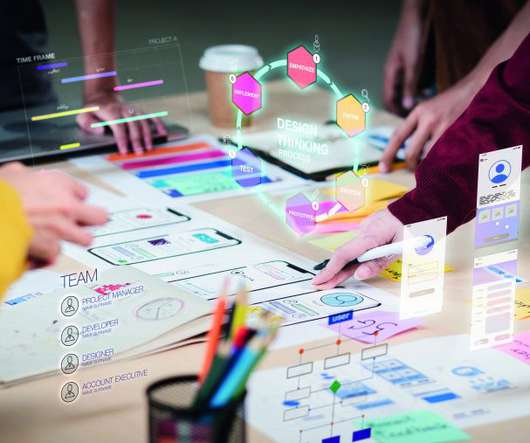
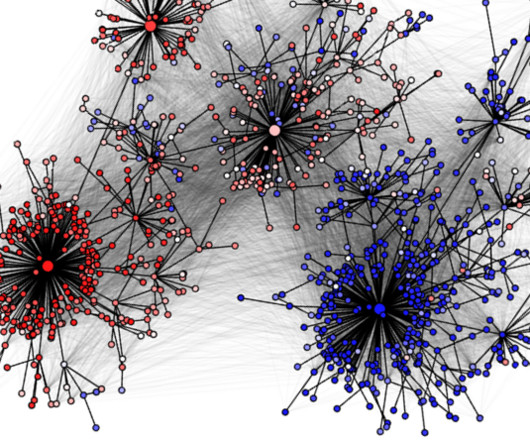

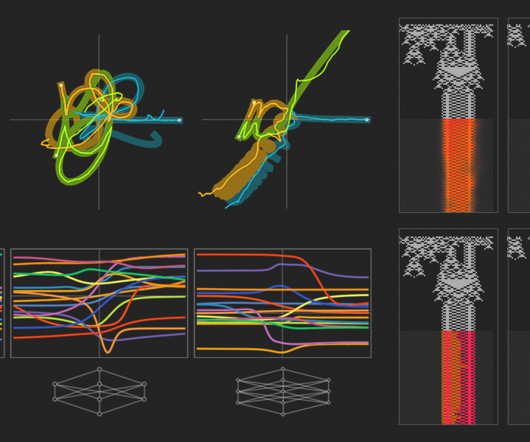


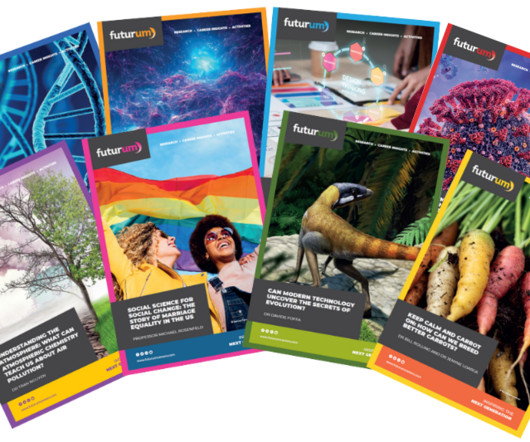






Let's personalize your content